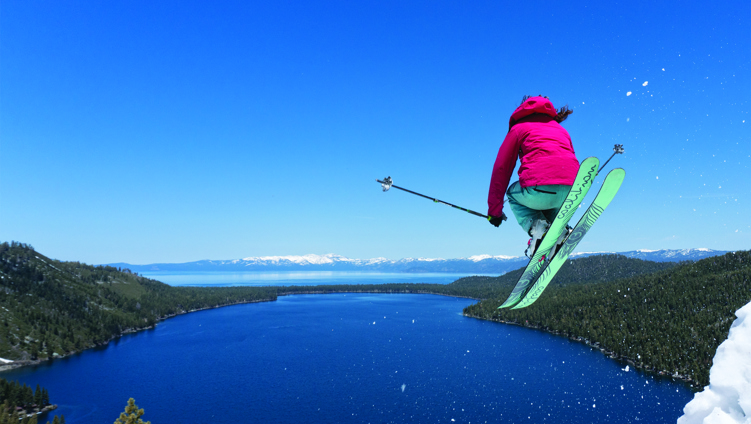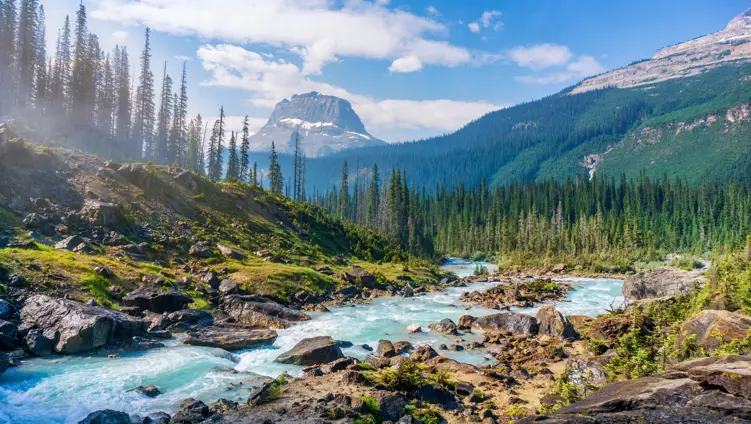Bindu Gopal Rao reports on how Himalayan Ecotourism is pioneering on a cooperative model fusing conservation and community in The Great Himalayan National Park.

Bindu Gopal Rao reports on how Himalayan Ecotourism is pioneering on a cooperative model fusing conservation and community in The Great Himalayan National Park.
Belgian Stephan Marchal came to India seventeen years ago. He initially spent seven years in Jharkhand in eastern India, working with local Munda women on community-based projects across healthcare, income generation, tribal culture, water management and conservation. Then he discovered the Great Himalayan National Park (GHNP) in Himachal Pradesh, a huge protected area managed by the Forest Department. “I came to know that the park administration was facing serious issues with the local community that struck me. I could not understand how a conservation effort could create a conflict with the local community. I thought this is something I could work on,” he reminisces.
The main problem was that most of the local villagers depended on the natural resources in the GHNP for their living. The creation of the GHNP meant they lost their rights to access the area, resulting in conflict. Neither the government’s financial compensation nor selling local products through the local government-backed NGO helped control their angst. “That is when I came into the picture. My idea was to start a business, working with the locals in a fair way - if I grow economically, they should also grow - and earning enough money to be able to support conservation projects. Ecotourism came quite naturally as a possible business, and I understood that I would have to take the role of a coach and social motivator to succeed in bringing innovation in the local social, economic and political ecosystem,” explains Marchal.
After several meetings with a few tens of locals who were already working as daily wage earners in the field of trekking, the decision was made in 2013 to establish a cooperative society. In reducing competition between guides, this would stabilise prices, give guides more control over working conditions and ensure they grew together. 65 members registered.
Marchal took responsibility for marketing to bring customers to the cooperative society. “I registered a commercial firm for that purpose, and an agreement between the cooperative and my firm came into effect. That is how Himalayan Ecotourism (HET) was mooted as an association between a cooperative society and a small group of skilled professionals in the field of marketing and social services.”
The model is simple. All the cooperative members are shareholders in their society and have equal democratic rights. And most importantly, only people born and raised in the ecozone of the GHNP can become members. The members of the cooperative are organised in groups of about ten people, each led by a group leader, recognised by the group and the cooperative, who oversees trekking operations and the team.
Business is distributed to each group in rotation, although the model retains a degree of competition by rewarding groups with positive reviews. “From each client, we receive written feedback after the trek,” explains Marchal. “The groups that perform the best will have a business advantage (more clients will be given to the group) compared to the groups that perform averagely. The cooperative system avoids the classic and destructive competition between locals, but we keep the right level of competition between the groups to ensure the best quality of services.”
Not everything is plain sailing. A problem quick to arise was that the other major trekking operator refused to give work to the cooperative members as a counterattack. The operator was no longer free to conduct business as it pleased, and regarded a foreign-influenced social movement as a threat. Tension remains, although more local staff have asked to join the cooperative. Marchal hopes everybody will ultimately become a member.
Keshav Thakur, 41 and a resident of the region, says, “I have been part of the cooperative for the last seven years and can say now our work is more streamlined and we do not really need to keep looking for work. Also, the reviews we receive help us improve on our working style. We ensure that we do our bit for conservation by ensuring that we do not leave any trash on the treks. If we find anything, it is always collected.”Cooperative members are also actively involved in two conservation projects around preventing forest fires and reforesting.
Images courtesy of Himalayan Ecotourism


Nobody in the cooperative can compete with the cooperative. This means that if a member finds a customer for trekking, they must inform the cooperative, and the cooperative will take care of the enquiry/customer. If a member keeps a customer for themselves without informing the cooperative, they are ejected from the cooperative and free to compete with it. “This was difficult at the beginning, because we were not able to generate enough business for 65 members, and so they were encouraged to work alone. This is now over, as the online presence and reputation of Himalayan Ecotourism ensures that every group gets enough customers,” says Marchal.
Surender Negi Sanju, 36, is a member of the cooperative who lives in Tirthan Valley. “I feel proud that we are able to work together to ensure the local community has a source of income while working on conservation efforts,” he explains. “The money we earn is ploughed back into the local community, so everyone thrives. Also, the cooperative has fostered a lot of team spirit within the community.”
The price of any trek is fixed and calculated based on an agreed pricing sheet. Before the trek starts, the clients and the trekking staff receive the pricing of their trek to ensure complete transparency. The staff know how much the clients have paid, and the clients know how their money is used and distributed. Any person from the cooperative or the firm can call for a meeting to discuss any issue at any time.
In short, the business model ensures that everyone can democratically participate in the decision making, raise any points for discussion, freely access all the data and information related to finances and business and own a stake of the society as a shareholder. Prices and business conditions are the same for everyone.
The structure of the company is such that there is no hierarchy. Everyone is working at the same level, which creates a sense of freedom in the members’ minds to voice opinions and observations in a non-partial way. The sense of camaraderie amongst the members has grown; it is like a big family with everyone taking care of the family members and trusting each other.
“As a founder member, I could also bring two additional elements in the system: the responsibility of our group towards the natural environment and the obligation to involve women,” says Marchal. This work is not easy. Society in the GHNP is male-domated and stratified by caste. However, Himalayan Ecotourism recently started the first women-led trekking group in the Tirthan Valley.
A cooperative member is also a daily wage earner. Cooperative members determine their own wages. Though they must remain competitive, their daily wage is higher than other operators. For each trek, some extra money is paid to staff to compensate for personal trekking expenses like gear and transportation. While someone working outside the cooperative will earn enough for subsistence, members of the cooperative can economically grow. This economic growth is visible with many of the members having established their own homestays, for instance.
As a result Himalayan Ecotourism charges between 2500 and 4000 rupees (£25 and £40) per person per day for treks. But many operators charge as little as 1000 rupees per person per day given lower wages, lower-quality equipment and less attention to hygiene and safety. Himalayan Ecotourism is advocating for regulation around minimum wages and pricing to ensure quality and maintain worker wellbeing, but for now the lack of government regulation makes it difficult to compete as a social enterprise with higher operational costs.
Keeping all the cooperative members in the same spirit is also difficult, even though the sense of community has prevailed over individualism. “My dream is that it becomes so successful that more locals join the cooperative. If this happens, the cooperative may become indispensable for trekking in the Great Himalayan National Park,” Marchal concludes. For now, the cooperative is showing how organisations fostering local connection and community can make a difference to the environment – a cause that everyone needs to care about.

